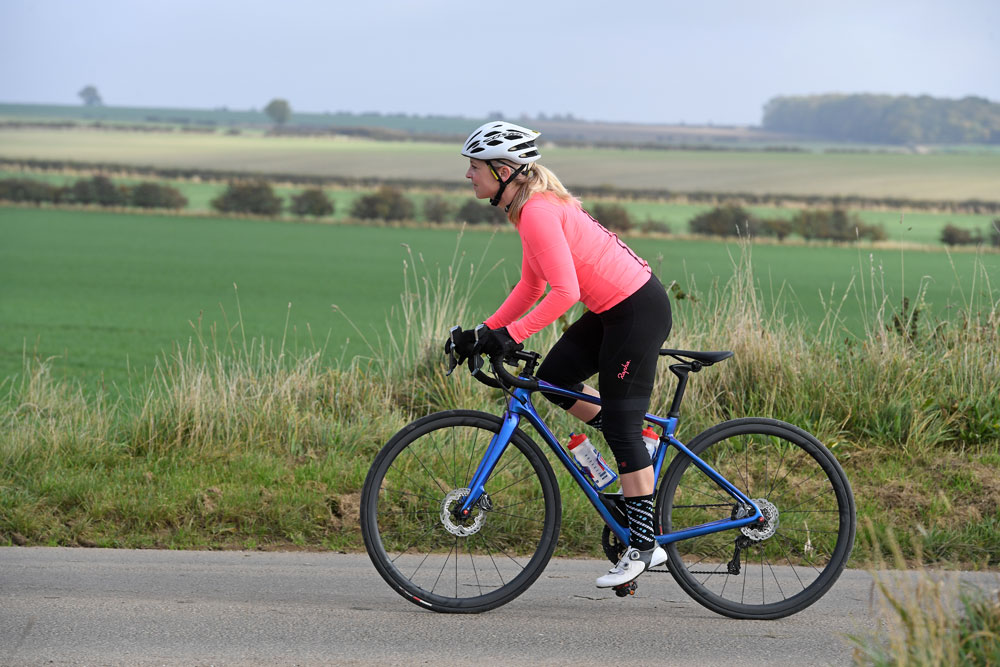Can you perfect your pedalling?
Want to go faster? Push harder on the pedals! But what about honing the way you apply that pressure? Is it worth trying to improve your technique? Hannah Reynolds investigates

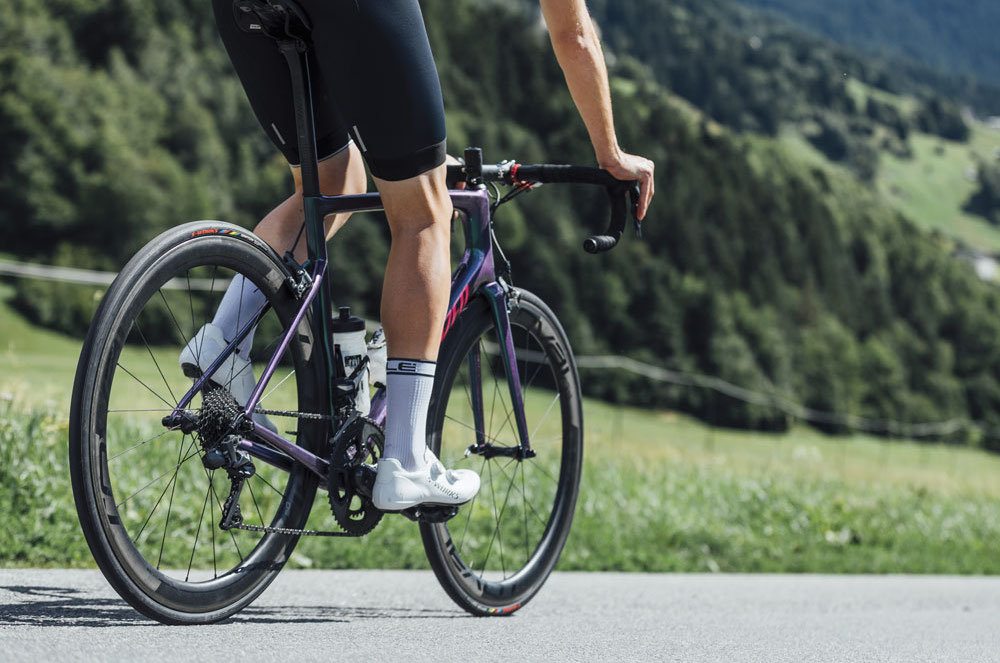
Some riders seem to have natural style and grace on a bike, others quite frankly don’t. But whether you have the cadence of a metronome or mash the pedals as if fighting with your bike, does it make any actual difference to your performance?
Intuitively, most of us feel it probably does. There are certainly plenty of magazine features, blog posts and products to help us improve our pedal stroke, but a quick glance around at the most successful cyclists shows there is a broad range of riding styles and pedalling techniques. So, what’s the truth?
>>> Ideal cycling cadence: why amateurs shouldn’t try to pedal like Chris Froome
Dr Barney Wainwright, head of science at the Boardman Performance Centre and research fellow at Leeds Beckett University, has worked extensively in this area. We asked him: is there an optimal pedal stroke?
“It would be nice if there was an easy answer to that,” he says. “First of all, you can have a pedalling technique that is effective, that is, a pedal stroke that generates a lot of force and helps you go faster or go up a hill.” Here comes an important distinction.
“Though it is effective, it might not be efficient — the energy cost might be relatively high for that technique, working muscles in an inefficient way.”
Cyclists need their pedalling to be both effective and efficient in order to produce large amounts of power and to sustain a good level of power over time.
The latest race content, interviews, features, reviews and expert buying guides, direct to your inbox!
“The research so far is a bit confusing,” says Wainwright. “It shows that a pedalling technique that is biomechanically effective and produces a lot of power is not necessarily great from an efficiency point of view. A style that is very efficient you can do all day, and when you need to generate large amounts of power, you can change it slightly to recruit muscles in a different way.”
Research into pedalling is still far from conclusive and there isn’t a definitive answer to the question of what is the optimal pedal stroke. Wainwright says: “There hasn’t been a long-term study to see if, when we get used to that more effective pedalling style, we also adapt and become more efficient at it.”
Pedalling technique is a hot area of research because the evidence is so inconclusive.
“Although we have good knowledge about training, about ways to optimise physiology and aerodynamics, the missing thing at the moment is, we don’t fully understand the effect of pedalling technique or efficiency on power output.”
Power on screen
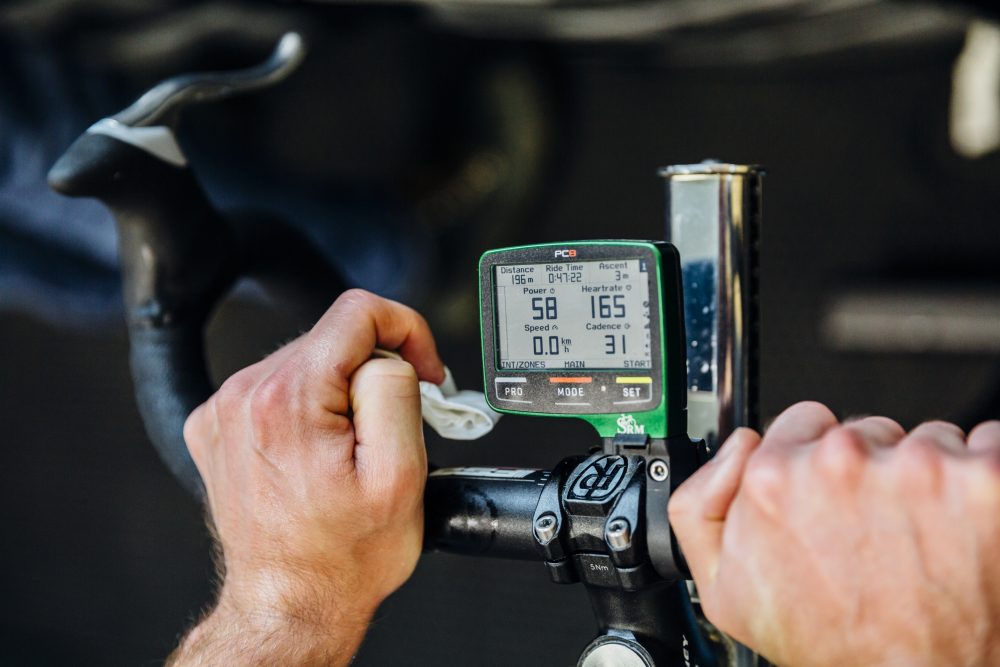
Though it is not fully understood, pedalling technique can still be worked on and improved. Wainwright worked with Wattbike on its latest project, a Pedalling Effectiveness Score (PES).
You may have used the original Polar View, which used a force diagram to show where you were applying force throughout the pedal stroke. Poor effectiveness produced a peanut shape, good effectiveness a sausage shape. The Pedalling Effectiveness Score has simplified this to a score out of 100, with 70-80 being the optimal range.
“Most people, if left to their own devices, will develop a pedalling technique that is quite energy-efficient but isn’t always very effective at generating high amounts of force,” says Wainwright.
Having the Wattbike screen in front of you gives you direct, detailed feedback.
“With the right guidance it is relatively easy to change your pedalling technique, but it’s not a quick fix.” Adapting your style isn’t straightforward, explains Wainwright: “Typically, those who understand the relationship between what they are doing and how the Polar View changes can change their technique within a few weeks.
"If people don’t make the link between their pedalling technique and the force profile, then we don’t see any change, even over several months.”
Understanding and interpreting the feedback from the Wattbike seems to be key to making any meaningful change.
Wainwright: “Real-time feedback helps you understand how effective your pedalling is. The PES score helps you figure it out in your own way. You start to realise, ‘if I pedal like this, it is having a positive or negative effect on that score’.”
The PES cannot tell us the optimal pedal stroke, but it is a way of providing direct feedback, enabling us to work on our technique and see how movement pattern alters the score.
“What we wanted to do was give people a target to aim for, where they could see what is good and what is bad. The optimal range is set at 70-80 out of 100.”
Now for a further complication: greatest efficiency is not best all-round style. “If someone is setting a very high pedalling effectiveness score, over 80, it is not the best thing for cycling performance, as you are making an almost equal pull-up force to push-down force, creating a circle. Aiming for a perfect circle or a high PES value is detrimental as overall power will go down because they are producing less force on the down-stroke.”
Across disciplines and rider types you can clearly see that everyone pedals slightly differently. Just compare Chris Froome to Simon Yates, for example — very different styles, yet they are both Grand Tour winners.

“People tend to talk about pedalling technique as a specific movement, but individuals have different solutions for themselves. Although we all just turn a crank in a circle, personal anatomy dictates different movement strategies.”
The strength and endurance of different parts of the musculature involved in the pedal stroke, flexibility and range of movement all contribute. “Two people may have very different movement patterns yet have the same PES.”
Try mountain biking
Former British Cycling physiotherapist Phil Burt (philburtinnovations.co.uk) agrees: “Pedalling is an acquired skill.
Everyone pedals in a different way, depending on what we have been exposed to, our genetics, our biomechanics,
our injury history. Every human being completes tasks in different ways, in terms of movement.”
So there is no universal optimum technique? “Some people are better at the task than others. To say there is a perfect pedalling style would be complete rubbish because it is all task-dependent.”
Though Wattbike gives direct and visual feedback to help improve pedal stroke, it’s also possible to get feedback from your pedals in a real-world setting.
“Pedalling is a task that human beings approach in many different ways,” stresses Burt. He is in favour of Wattbike guidance, but also recommends mountain biking: “Mountain bikers are consistently shown to have the most even pedal stroke of all cycling disciplines. This is because they need to maintain power through the upstroke to have grip at the rear wheel.”
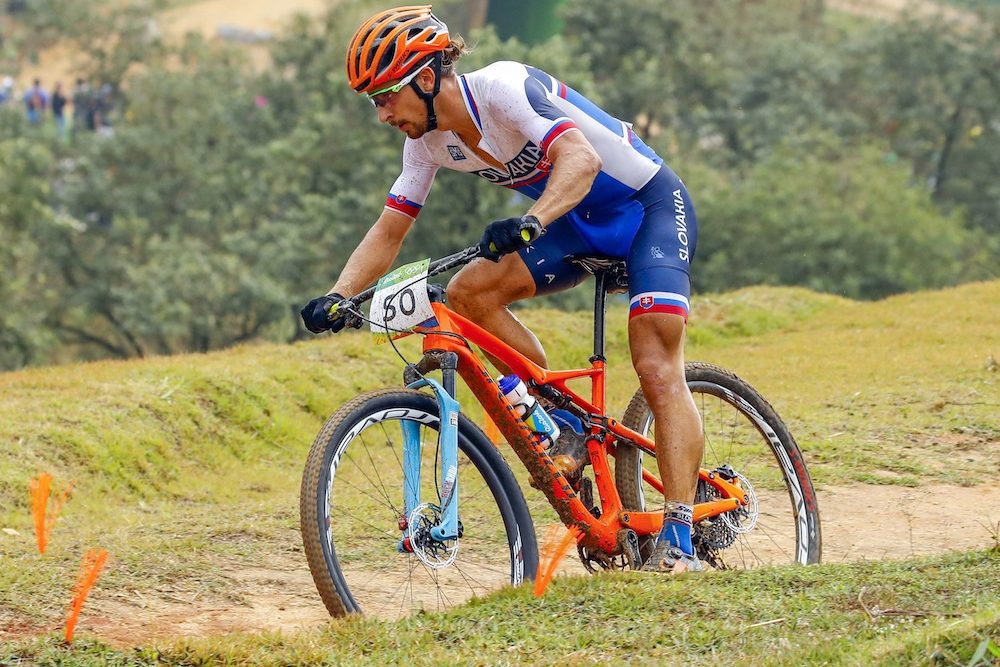
The key is feedback: insight into the effects of your technique. “Any feedback mechanism, whether Wattbike or mountain bike, is a good thing,” says Burt, “the only difference is, if you don’t hit the number on the Wattbike, nothing disastrous happens. On a mountain bike, you lose traction.”
Getting feedback
Telling someone to pull up as well as push down doesn’t work, in Burt’s opinion: “Studies have proved that asking someone to pull up — to decrease the negative torque seen on the returning pedalling leg — is counterproductive and results in an overall loss in efficiency. That’s not to say there isn’t a better or worse way to pedal, just that coaching on technique makes no difference.”
If you don’t fancy getting off road and don’t have access to a Wattbike, riding the rollers is another way to get feedback on how you are pedalling. Quite simply, without a smooth, even pedal stroke, you will find it hard to maintain your balance.
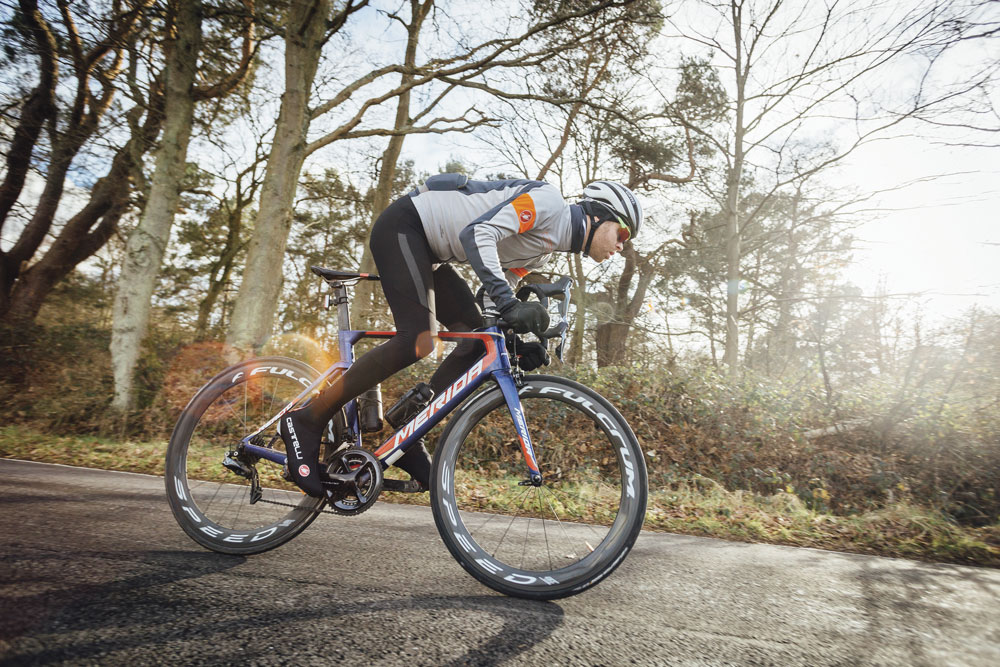
Another option is track. “Everyone who came to British Cycling had to ride the track,” says Burt, reflecting on his time at British Cycling, “even if they were a road endurance rider. Ben Swift, Geraint Thomas, Mark Cavendish, they all rode the track. The philosophy was that track in the winter taught them how to pedal better, which would transfer onto the road.”
What is it about track riding that improves pedalling? “A fixed gear, and no brake, challenges you to pedal in a different way. It teaches you to be more constant, improving your pedalling.”
Burt has one more tip: “You can manipulate bike-fit parameters such as saddle height and set-back to help certain key muscle groups, such as your glutes, making them contribute more to your pedalling.”
Sort your set-up
Wainwright’s advice chimes with this: “An obstacle to improving your pedalling efficiency is your bike set-up. Saddle height massively affects your ability to contract muscles throughout your pedal stroke.”
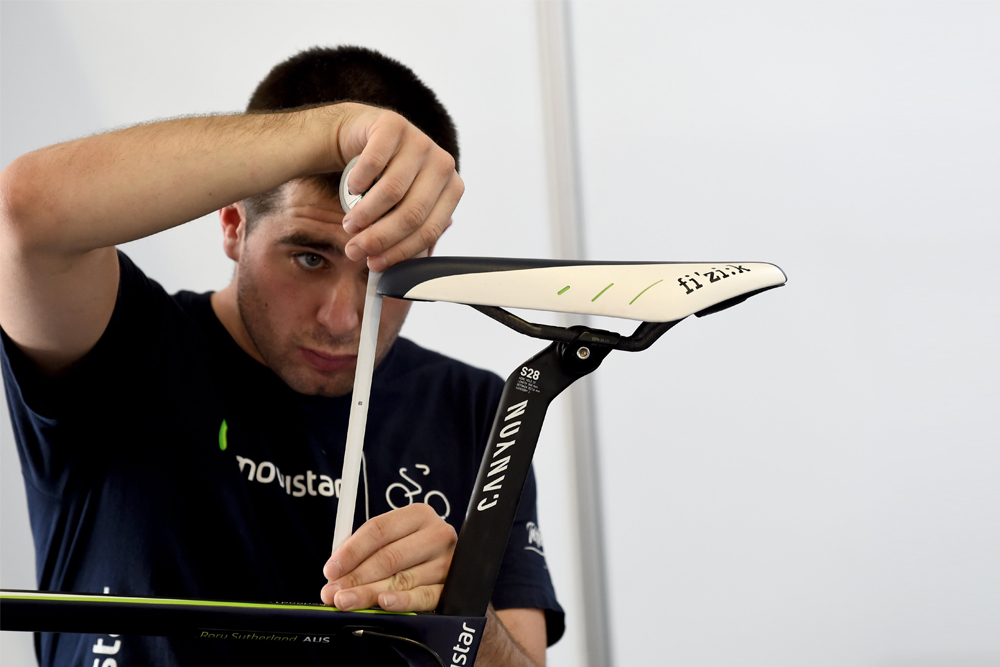
Before beginning on any pedal stroke training, therefore, it is a good idea to get your bike position checked and make sure it is optimised for your body and your goals. Poor position will likely have a greater effect on your power output at the pedals than will your pedalling technique — to reiterate, set-up matters more than technique.
We come back to the big question: will changing your pedal stroke improve your performance?
“It’s different for different people,” says Wainwright. “When I test the mechanical efficiency of athletes, the range is massive. A rider might be trying to increase their power output by 10-15 watts or reduce their aerodynamic profile by 10-15 watts, which are quite big changes at an elite level, but they could have 20-40 watts more by changing their pedalling style and getting better mechanical efficiency. The opportunities for performance gain are massive.”
However, with little conclusive evidence, it is hard for any scientist to give a definitive answer on how to improve your pedalling. Wainwright again: “Anecdotally, from our experience, if you were to do any time duration-based power output efforts, such as an FTP test, using your normal pedalling style, then did a period of training to improve your pedalling effectiveness score, you would see an improvement, given enough time for your muscles to adapt to the new technique.”
If the newly adopted technique sticks, the rider sees a performance improvement. “They will always better their power output, because they are eliminating a dead-spot, creating more force and recruiting muscles in a better way around the whole pedal stroke.”
Anecdotal or not, that seems like a good enough reason to at least make a concerted effort to optimise
your pedalling.
Can tech improve your pedalling?
Many riders are turning to bike technology to find a pedalling advantage. Gearing, crank lengths and oval chainrings are frequently experimented with. Oval and elliptical chainrings aim to decrease the time you spend in the ‘dead spot’ where you are not producing power.
Champion time triallist, CW’s Michael Hutchinson, paid close attention to such innovations throughout his racing career: “I used Osymetric rings for 13 years. I liked how they felt.”
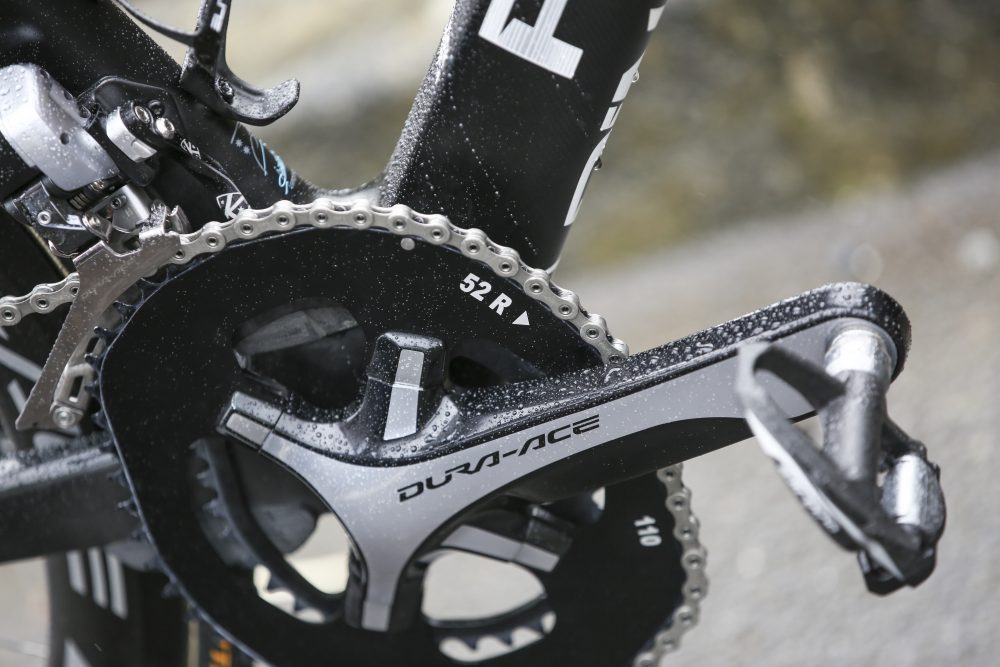
Osymetric rings are not simply a different shape, as importer TrainSharp stresses: “The Osymetric chainring
is not an oval or an ellipse chainring — it is a unique patented twin-cam [two curves symmetrical about a single point] chainring designed to eliminate the dead-spot that is part of every cyclist’s pedal stroke when using standard chainrings.”
For Hutchinson, the improved feeling wasn’t sufficient: “We did some experiments on the treadmill using Osymetric and an identically-sized round ring. It didn’t make any difference to oxygen uptake one way or the other. We didn’t test every single aspect of the rings, so there may be some benefit that we didn’t identify. However, I kept using them, as they felt good to ride, which in itself may be an advantage.” Research into oval chainrings has, like Hutchinson’s experiment, proved inconclusive.
Crank length is a perennial discussion in the time trial world. “I rode 170mm, 172mm and 175mm — I couldn’t tell the difference,” says Hutchinson. “I’m pretty confident I could change the saddle height by a similar amount and not even notice — it’s such a small margin. Are my legs exactly equal in length anyway? To make a difference, you have to make a much more extreme change.”
Hutchinson offers an anecdote to support his case: “Chris Boardman in the summer of 1990 rode around with one 170mm and one 172mm crank because he’d stopped concentrating when he put the bike together — and in that time broke the national ‘25’ record!”
Homing in on a single component as a way to improve pedalling efficiency may be a waste of time, warns Hutchinson, as the potential for improvement is relatively small.
“There is so much variability in the drivetrain: you’ve got chainring, gearing, crank length, wheel size — and to some extent they all compensate for each other. There is very little advantage to be gained from tweaking one element.”
The exception may be crank length — not because of its direct influence on pedalling, but because of its role in bike-fit, determining how your body works on the bike.
Phil Burt advises: “Muscle-shortening velocities do change if you alter crank length — but only at the extremes (120mm and 220mm). Even here the changes can be accommodated without a change in efficiency simply by altering your pedalling rate or the gear you ride in.” Small changes to crank length are “negligible because it can be compensated for”.
Burt continues: “Crank length is an important bike-fit parameter for reasons other than pedalling efficiency (for example, hip closure). Riding smaller cranks can open your hip angle up without changing any other fit coordinate (other than saddle height, for some).”
Changing crank length may not change your pedalling efficiency but it might put your body into a better riding position.
Hannah Reynolds interest in cycling began while studying for a degree in Sports Science at the University College Chichester and surrounded by elite level cyclists. She is now undertaking a PhD at Sheffield Hallam University investigating the use of e-bikes by older people.
A committed dabbler whose passion outweighed her talent Reynolds has competed across all disciplines of cycling bar BMX. In the very distant past she has been south-east road race champion, southern cyclo-cross champion and finished third in the European 24hr Solo mountain-bike champs in 2011. She was also the Fitness Editor of Cycling Weekly for 15 years.
Hannah Reynolds is author of several cycling books, France-en-Velo a guide to the ultimate 1000 mile cycle route from the Channel to Med; Britain's Best Bike Ride. LEJOG1000; A 1000 mile journey from Land's End to John o' Groats and 1001 Cycling Tips.
